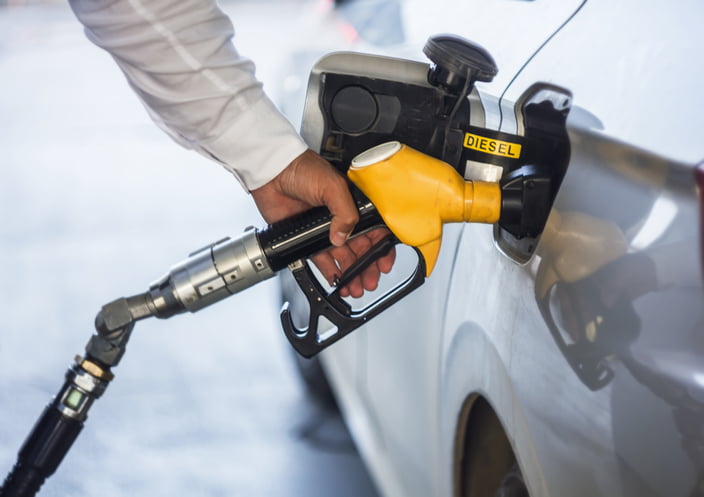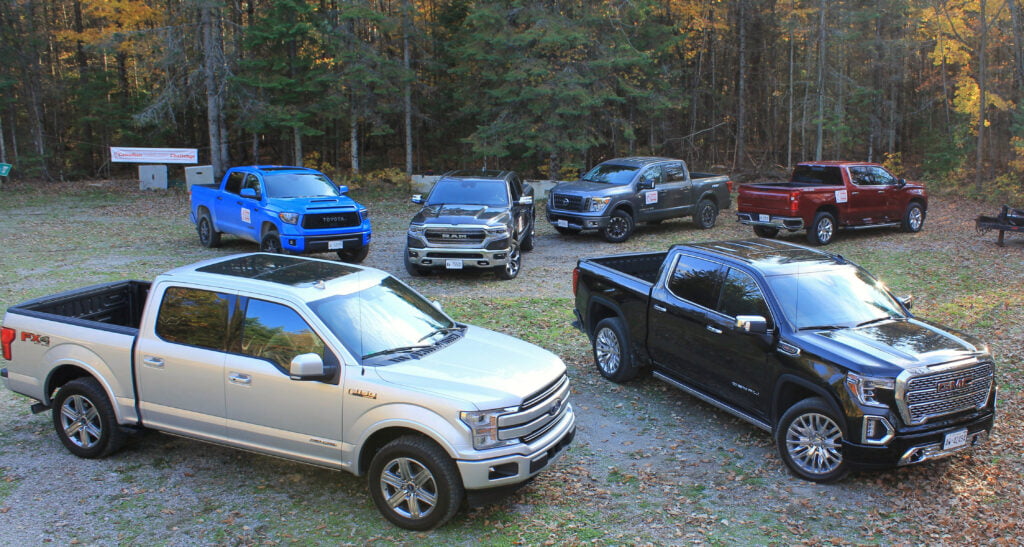Engine choice in today’s Heavy-Duty segment of the pickup truck market is diesel biased with up to 80% of new HD trucks so equipped. In fact, this number has been growing steadily in the past decade driven by a combination of increasing reliability and fuel economy (and most of the time this is cheaper fuel). However, many people still see these engines as “dirty”.
Today’s redesigned diesels are very clean as a result of a common chemical compound called Urea. If you are thinking that this sounds familiar, you’re right, this crystalline solid known as CO(NH) is found in the urine of all mammals. Luckily for us no personal contribution is required as Urea is also produced synthetically and is used in the making of plastics, fertilizer, adhesives and now in the cleaning of diesel exhaust gases.
All three engine builders have urea-injection systems today. Ford, GM, and Ram use this new system that requires adding of Diesel Emissions Fluid to the exhaust.
For me, high school chemistry was a long time ago, but I can’t help being fascinated by the technology involved in taking a poisonous gas like Nitrogen Oxide and turning it into harmless inert nitrogen and simple water. That is exactly what these new urea-injection systems do for the modern diesel engine. For instance, in the Power Stroke diesel the process is described as follows:
Here is what Ford says about it. “The first step in cleaning the diesel exhaust occurs in the Diesel Oxidation Catalyst (DOC). Here, gases are converted, and hydrocarbons oxidized at about 250 degrees Celsius into water and carbon dioxide. The DOC has another use – it pushes heat using specific engine management strategies, into the exhaust system. This heat increases the conversion efficiency of the downstream subsystem(s) in reducing emissions. Next the Selective Catalytic Reduction (SCR) receives the exhaust gases where the NOx in the stream is converted into water and inert nitrogen, which is present in the atmosphere and harmless. But before the exhaust gas enters the SCR chamber, it is dosed with a solution that is approximately 67.5 percent water and 32.5 percent pure urea. When heated, this solution splits into ammonia and carbon dioxide; these molecules are atomized and vaporized, then enter a mixer that resembles a corkscrew. This mixer evenly distributes the ammonia within the exhaust flow. The ammonia enters the SCR module and through chemical reactions combines and converts the NOx and ammonia into the harmless inert nitrogen and water. Dosing occurs between 200 and 500 degrees Celsius. The final step in the cleansing of diesel exhaust gas is the Diesel Particulate Filter (DPF). The DPF traps any remaining soot, which is then periodically burned away, known as regenerating, when sensors detect the trap is full, at temps of up to 600 degrees Celsius.”
One, two, three – easy! The results are a clean, harmless exhaust and virtually no soot.
Knowing how this urea-injection system works will be there only contact that most diesel engine owners have with it, despite the fact most will notice the small green add-caps right away. However, the fluid that goes in there is something that will normally be handled by dealer service techs as each of manufacturers has designed its system around regular maintenance visits. However, as service intervals get longer (up to 25,000 km), owners will have to add DEF from time to time on their own. In my own Ram 2500 I have found that I need to add a 10 L jug about every 4,000 km. Frankly, that’s a small inconvenience for a big payout – a very green diesel experience.




